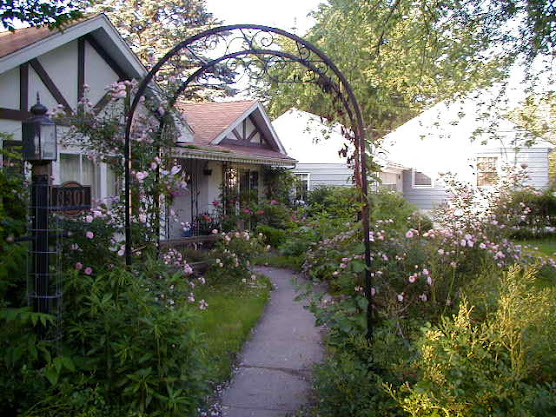Tree Topping is a Tragedy
By
Amy McDowell
“Forfeit his hand, he who beheads a tree.”
John Evelyn, Sylva, published in
1664.
Those words were written 347 years ago, but
incompetent morons are still topping trees today. My heart lurches with horror
when I see a tree butchered like the one in this photo.
(Photo by Larry Costello)
Trees do need pruning from time to time, but
they NEVER need a severe heading back or topping. In fact, a tree will never
fully recover from being topped. It will scramble to replace all of that food-producing
leaf surface, but the rapid new growth is always weaker.
“Don’t do big, drastic pruning once every 15
years,” says Dr. John Ball, a professor of forestry at South Dakota State
University
At a recent arborist conference, Ball shared
his advice on tree care. Training young trees is ideal, because you can set
them up to live a long and healthy life. Most often, however, people wait until
the trees are mature and then prune them. “You cannot make a tree healthy by
making it smaller,” writes Dr. Alex Shigo. And over thinning the canopy, says
Ball, is like bleeding a tree to death. “Branches are independent, not
parasitic. Each one must produce its own food.”
ISA Certified Arborists can look at a tree
and recognize what to prune. You can trust that an ISA Certified Arborist will
do what is best for the tree. They sometimes laugh that their clients expect to
see a huge pile of tree trimmings when they are done working. A trustworthy
arborist is one who is most concerned with the safety and health of the tree
and not concerned about creating a large pile of brush to impress their
clients.
There are more than two dozen ISA Certified
Arborists in and around the Des Moines
I’d like to thank Dr. John Ball of South Dakota State University



